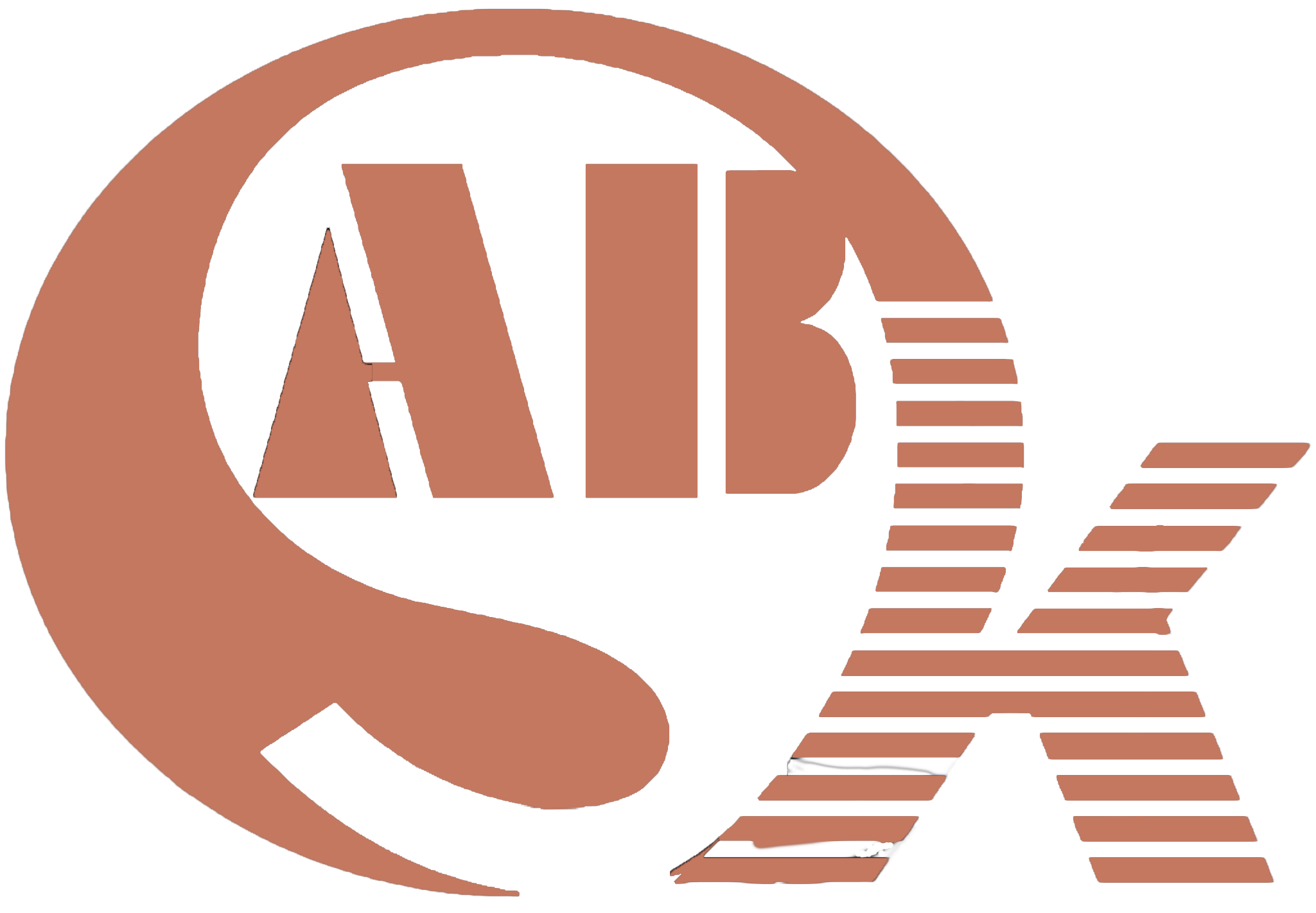Revolutionizing Welding Efficiency: The Power of Welding Rotators in Professional Fabrication
In the world of modern welding and fabrication, achieving precision, efficiency, and superior quality is non-negotiable. This is where welding rotators step in as game-changers. Welding rotators, renowned for their ability to streamline welding processes, offer unparalleled efficiency, safety, and precision. In this article, we uncover the transformative potential of welding rotators, exploring their benefits and highlighting their significance in professional fabrication.
A Closer Look at Welding Rotators
Welding rotators, often referred to as pipe rollers or turning rolls, are ingenious devices that revolutionize the welding process. These mechanical marvels are designed to rotate cylindrical workpieces, such as pipes, vessels, or tanks, during welding. This continuous rotation ensures uniform heat distribution, enhancing fusion and penetration while minimizing the risk of defects.
The Advantages of Welding Rotators
a. Enhanced Welding Efficiency: Welding rotators eliminate the need for manual repositioning of heavy workpieces, resulting in a seamless welding process. This continuous rotation saves time and minimizes downtime, leading to a significant boost in overall efficiency.
b. Consistent Weld Quality: The controlled rotation provided by welding rotators ensures uniform heat input across the weld joint. This consistency leads to superior weld quality with even penetration and fusion, a hallmark of professional fabrication.
c. Improved Safety Measures: Manual manipulation of heavy workpieces can pose safety risks for welding operators. Welding rotators eliminate this hazard, reducing the likelihood of accidents and creating a safer working environment.
d. Versatile Applications: Welding rotators are adaptable tools suitable for various welding applications. From small-scale projects to heavy-duty industrial tasks, they can handle a wide range of cylindrical workpieces with ease.
Key Considerations for Utilizing Welding Rotators Professionally
a. Proper Equipment Selection: Choosing the right welding rotator for the specific job is crucial. Consider factors such as the weight and dimensions of the workpiece, as well as the required rotation speed. A well-matched welding rotator ensures optimal performance and precision.
b. Secure Workpiece Alignment: Precise workpiece positioning on the rotator is essential for accurate welding. Proper alignment minimizes distortion and ensures uniform weld quality across the entire joint.
c. Regular Maintenance: As with any equipment, welding rotators require regular maintenance to function optimally. Routine inspections, lubrication of rollers and bearings, and addressing any issues promptly are essential for longevity and performance.
d. Operator Training: Proficiency in operating welding rotators requires training. Providing operators with comprehensive training ensures that they can effectively utilize the equipment, resulting in better welding outcomes.
Elevating Precision through Welding Automation
For those seeking the epitome of precision and efficiency, welding rotators can be integrated into automated welding systems. These systems utilize advanced programming and robotic technology to control the welding process. The result is meticulous and repeatable welds, achieved without human intervention. Welding automation maximizes precision and consistency, setting the stage for flawless fabrication.
Meeting Fabrication Requirements with Welding Rotators
a. Customization Possibilities: Welding rotators are available in various configurations and weight capacities. This flexibility enables welding professionals to tailor their equipment choices to match the unique demands of each project.
b. Quality Assurance: Incorporating welding rotators into fabrication processes enhances weld quality, which is of paramount importance to customers. The consistent and aesthetically pleasing welds achieved with welding rotators reflect the professionalism and dedication of the welding service.
Conclusion
Welding rotators have earned their rightful place as indispensable tools in the realm of welding and fabrication. Their ability to enhance efficiency, improve weld quality, and promote safety underscores their significance. By understanding their benefits, considering key operational factors, and exploring possibilities for automation, welding professionals can harness the transformative power of welding rotators to deliver results that exemplify professionalism and expertise. In an industry driven by precision and excellence, welding rotators are the allies that take fabrication to new heights.
